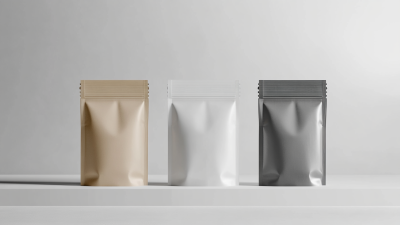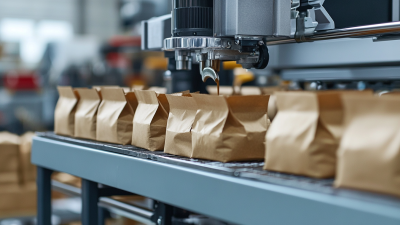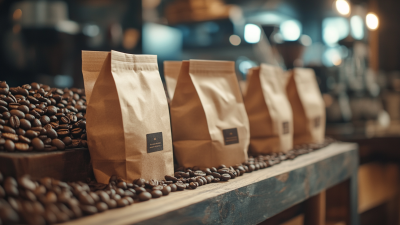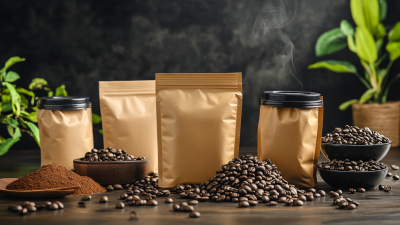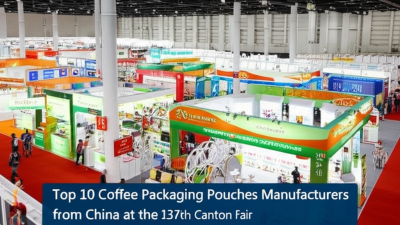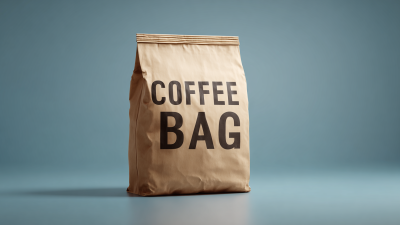- Phone:+86 15218629499
- Phone: +86 15766990063
- E-mail: Yzprinting01@163.com
In the competitive coffee industry, ensuring optimal freshness preservation is crucial for both producers and consumers alike. Recent reports indicate that up to 80% of coffee's flavor can deteriorate within weeks if not stored properly, underscoring the importance of appropriate packaging. One of the key elements in maintaining coffee's delicate flavor profile is the choice of a suitable Coffee Plastic Bag. These bags are designed to protect against oxygen, moisture, and light—factors known to compromise freshness. According to market research by the Specialty Coffee Association, nearly 60% of coffee professionals prioritize packaging integrity when selecting coffee products, highlighting the need for informed decisions regarding packaging materials. By understanding the various types of Coffee Plastic Bags available and their unique features, stakeholders can significantly enhance the shelf life and taste of their coffee offerings, ensuring that each cup brewed is a testament to quality and freshness.
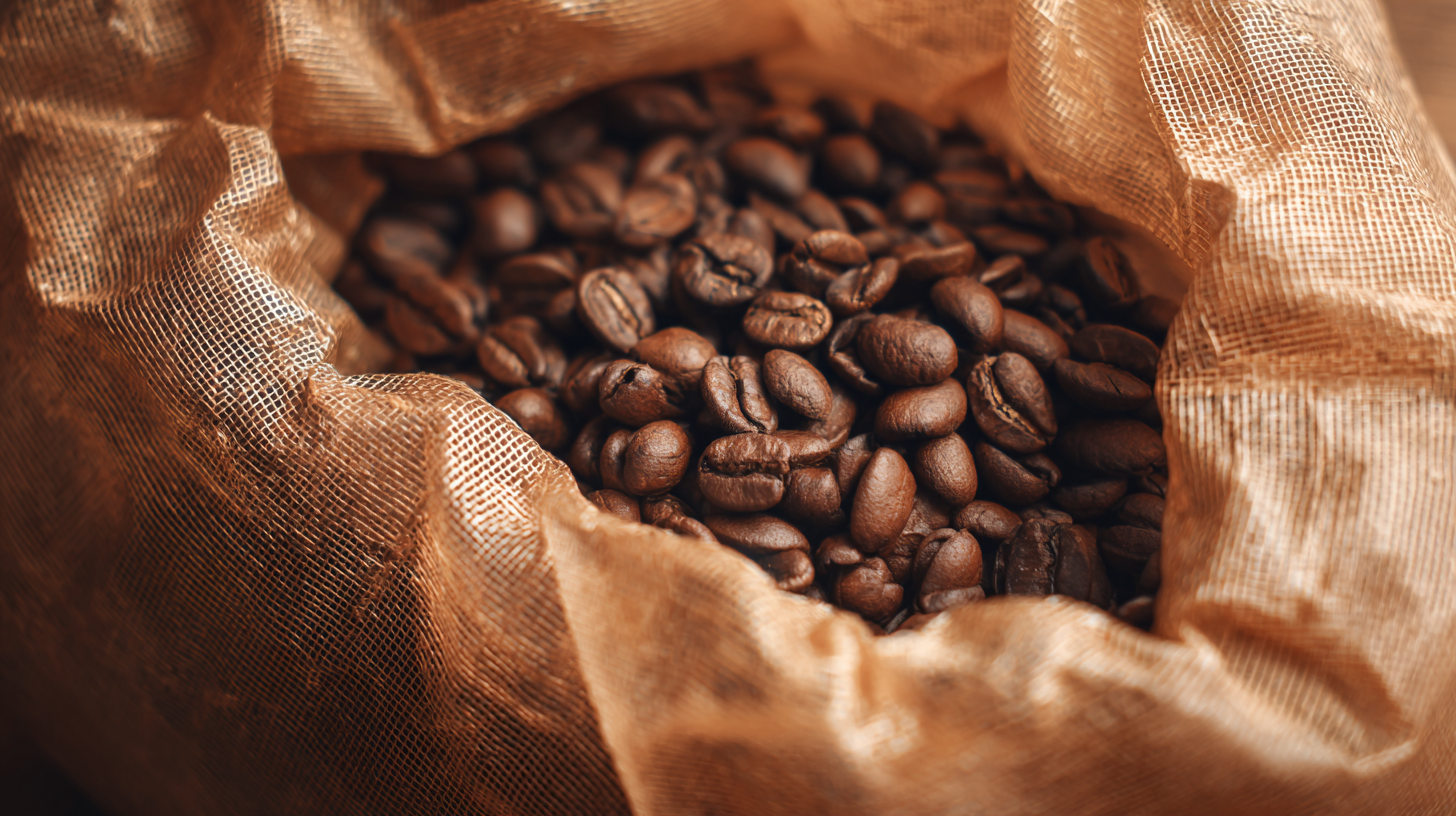
When considering the preservation of coffee freshness, the packaging plays a crucial role in safeguarding the unique flavors and aromas developed during the roasting process. Research shows that the roasting of coffee beans leads to the production of gases, primarily carbon dioxide, which can escape if the packaging is not designed properly. Optimal packaging solutions, therefore, must facilitate the controlled release of these gases while preventing external elements from compromising the coffee's integrity. According to a recent study, coffee should ideally be consumed between 2 to 4 weeks post-roasting, emphasizing the need for airtight bags that protect against oxidation and moisture.
As the coffee industry evolves, especially within the specialty segment, innovative packaging is becoming essential. High-quality storage bags are necessary to maintain the complex flavor profiles of specialty green coffee. In addition to quality, sustainability has emerged as a significant consideration; consumers increasingly expect brands to adopt environmentally friendly packaging practices. The latest trends indicate a shift towards using sustainable materials that contribute to a circular economy, aligning freshness preservation with broader ecological goals. By prioritizing both quality and sustainability in coffee packaging, brands can better cater to discerning coffee enthusiasts who value freshness and ethical practices.
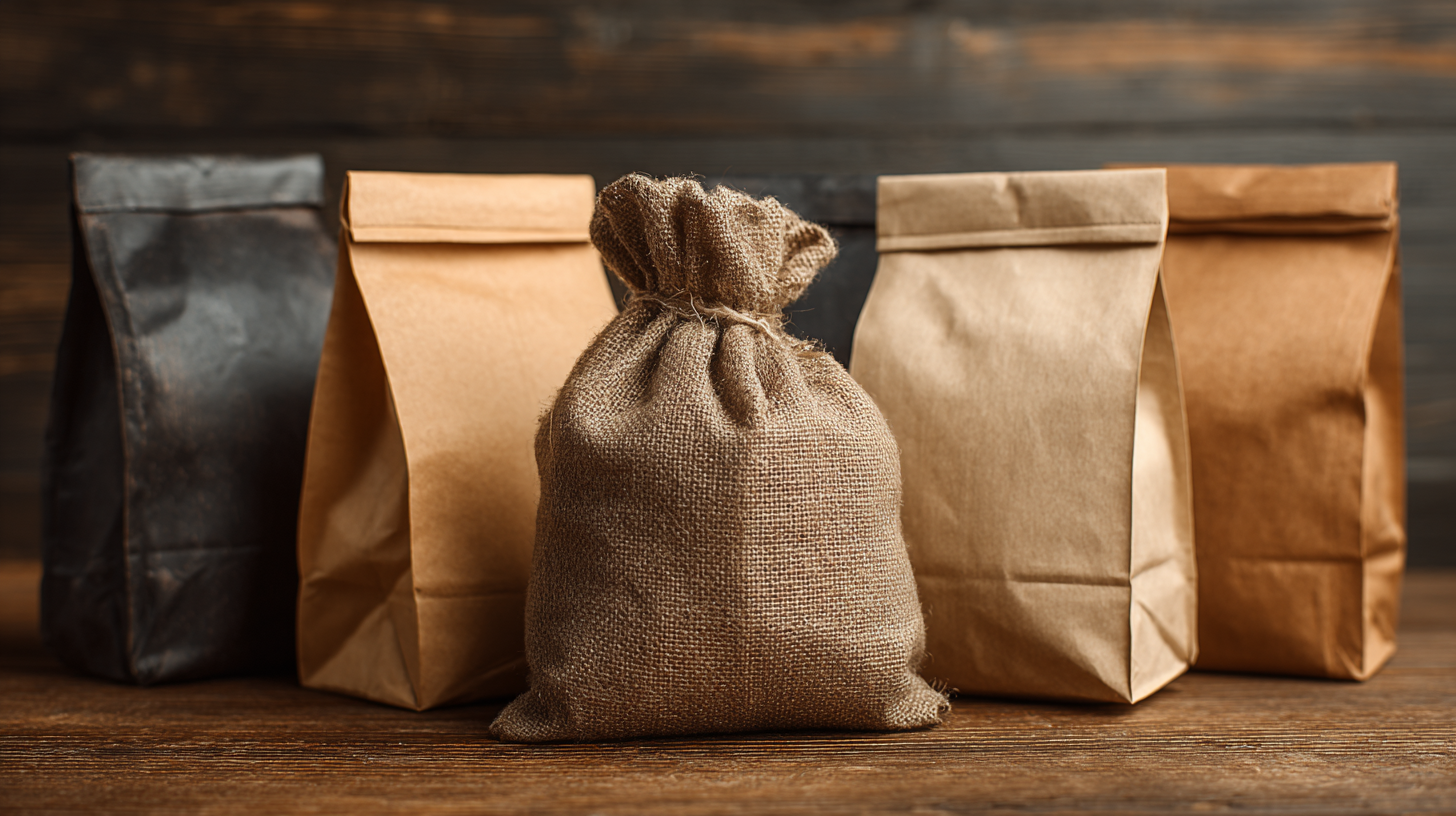 When selecting coffee plastic bags for optimal
freshness preservation, several key features should be considered. First and foremost, the bag’s
material plays a crucial role. Look for multi-layer structures
that incorporate barriers against moisture, oxygen, and light. These elements are essential in
preventing staleness and maintaining the rich flavors of the coffee. Foil-lined bags,
for example, are excellent at blocking out light and air, ensuring that the beans retain their aroma and
taste for longer periods.
When selecting coffee plastic bags for optimal
freshness preservation, several key features should be considered. First and foremost, the bag’s
material plays a crucial role. Look for multi-layer structures
that incorporate barriers against moisture, oxygen, and light. These elements are essential in
preventing staleness and maintaining the rich flavors of the coffee. Foil-lined bags,
for example, are excellent at blocking out light and air, ensuring that the beans retain their aroma and
taste for longer periods.
Another important feature is the inclusion of one-way valves.
These innovative designs allow the gases produced during the roasting process to escape without letting
air in, which helps prevent the bag from bursting while also keeping the contents fresh. Additionally, consider
the bag's sealability. A strong, resealable closure
is vital for preserving freshness after the bag has been opened. Each of these features contributes to
creating an environment that protects your coffee's quality, ensuring that every cup delivers the
optimal flavor experience.
When selecting a coffee bag, the material plays a crucial role in preserving freshness. Polyethylene and barrier nylon are two popular choices, each with distinct advantages and drawbacks. Polyethylene is a cost-effective option that is lightweight, flexible, and easy to produce. However, it has a lower barrier against oxygen and moisture, which can lead to quicker degradation and loss of flavor in coffee.
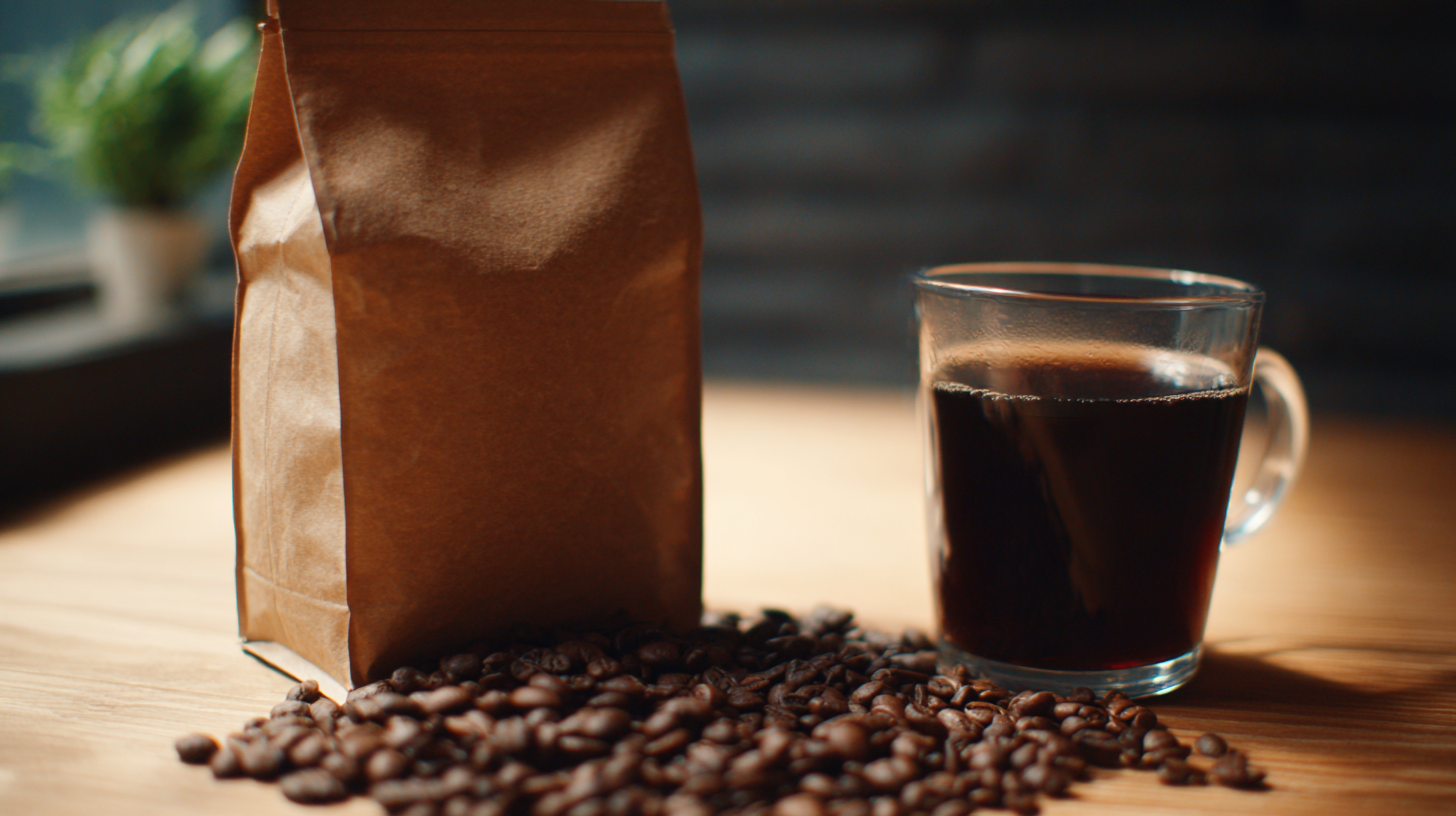
On the other hand, barrier nylon offers superior protection for coffee beans by preventing air and moisture from entering. This material includes multiple layers that create an effective barrier, maintaining the coffee's flavor and aroma for a more extended period. While barrier nylon bags may be slightly more expensive than polyethylene options, the enhanced freshness preservation justifies the investment, especially for specialty or high-quality coffees. Therefore, when choosing a coffee bag, consider the long-term benefits of barrier nylon to ensure your coffee stays fresh and flavorful.
When selecting the right coffee plastic bag, one crucial feature to consider is the incorporation of one-way valves. These valves serve a significant purpose in preserving the aroma and flavor of freshly roasted coffee. As coffee beans release carbon dioxide after roasting, this gas needs an escape route to prevent the bags from bursting. One-way valves allow the carbon dioxide to escape while preventing outside air from entering the bag. This mechanism is essential for maintaining the freshness of the coffee by keeping it free from oxidation, which can degrade its aroma and flavor profile.
Furthermore, the role of one-way valves extends beyond mere gas escape. They actively help in preserving the integrity of the coffee’s taste by creating a controlled environment within the bag. This controlled environment inhibits the growth of bacteria and other microbes, which can occur in more traditional packaging options. As a result, choosing a coffee bag with a one-way valve not only prolongs shelf life but also ensures that the coffee retains its intended flavor nuances—even weeks after roasting. This is crucial for coffee enthusiasts seeking the best possible taste experience.
When it comes to storing coffee in plastic bags, maintaining optimal freshness is crucial for preserving the rich flavors and aroma of your beans. First and foremost, it's essential to choose high-quality, food-grade plastic bags that are specifically designed for coffee. These bags should offer a barrier against moisture, air, light, and heat, as these elements can significantly degrade the coffee’s quality over time. Additionally, consider bags with one-way valves, which allow the release of carbon dioxide while preventing oxygen from entering, ensuring your coffee stays fresher for longer.
Once you've selected the right plastic bags, proper storage techniques become paramount. Store your coffee bags in a cool, dark place, away from direct sunlight or heat sources. Avoid keeping them in the refrigerator, as moisture can accumulate and negatively impact the beans. For added protection, you might want to seal your coffee bags tightly, minimizing exposure to air each time you open them. By adopting these best practices, you'll effectively maximize the freshness of your coffee, allowing you to enjoy its vibrant flavors to the fullest with every cup.
